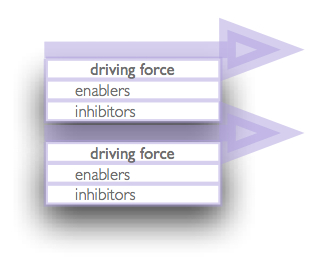Difference between revisions of "Driving Forces"
Jump to navigation
Jump to search
m |
|||
| Line 23: | Line 23: | ||
<td valign="top">'''[[Societal Driving Forces]]''' | <td valign="top">'''[[Societal Driving Forces]]''' | ||
<font size="-2">Including:<br> | <font size="-2">Including:<br> | ||
[[Aging population]], [[liberalization of the health care market]], [[the rise of ethics in the Netherlands]], [[Chinese people's increasing leisure time]], [[Community Feeling]], [[Digital Literacy]], [[Future Value of an MBA]], [[Increasing Mobility]] and [[Violence in computer games]]</font></td> | [[Aging population]], [[liberalization of the health care market]], [[the rise of ethics in the Netherlands]], [[Chinese people's increasing leisure time]], [[Community Feeling]], [[Digital Literacy]], [[Future Value of an MBA]], [[Increasing Mobility]] and [[Violence in computer games]] [[Time as a valuable resource]]</font></td> | ||
</tr> | </tr> | ||
<tr> | <tr> | ||
Revision as of 12:32, 15 November 2005
 |
A driving forces is a conceptual tool that help us understand deep trends working in the world, that have an effect on the terrain of your focal issue. Below is an introduction how to determine a driving force, a template to fill in and instructions how to upload your driving forces. These where originally meant for students, but can of course be used by anyone. How to determine a driving force? |
[[1] [WTHPD1]] WTHPD2 [| WTHPD3] | WTHPD4 [WTHPD5 | http://WTHP5.coolhost.biz] [WTHPD6] http://WTHP7.coolhost.biz http://WTHP8.coolhost.biz